
Top Tips to get ahead of Christmas Planning
Thinking ahead can save you a lot of money, stress and time. Time for You share some top tips get ahead of Christmas planning for next year.
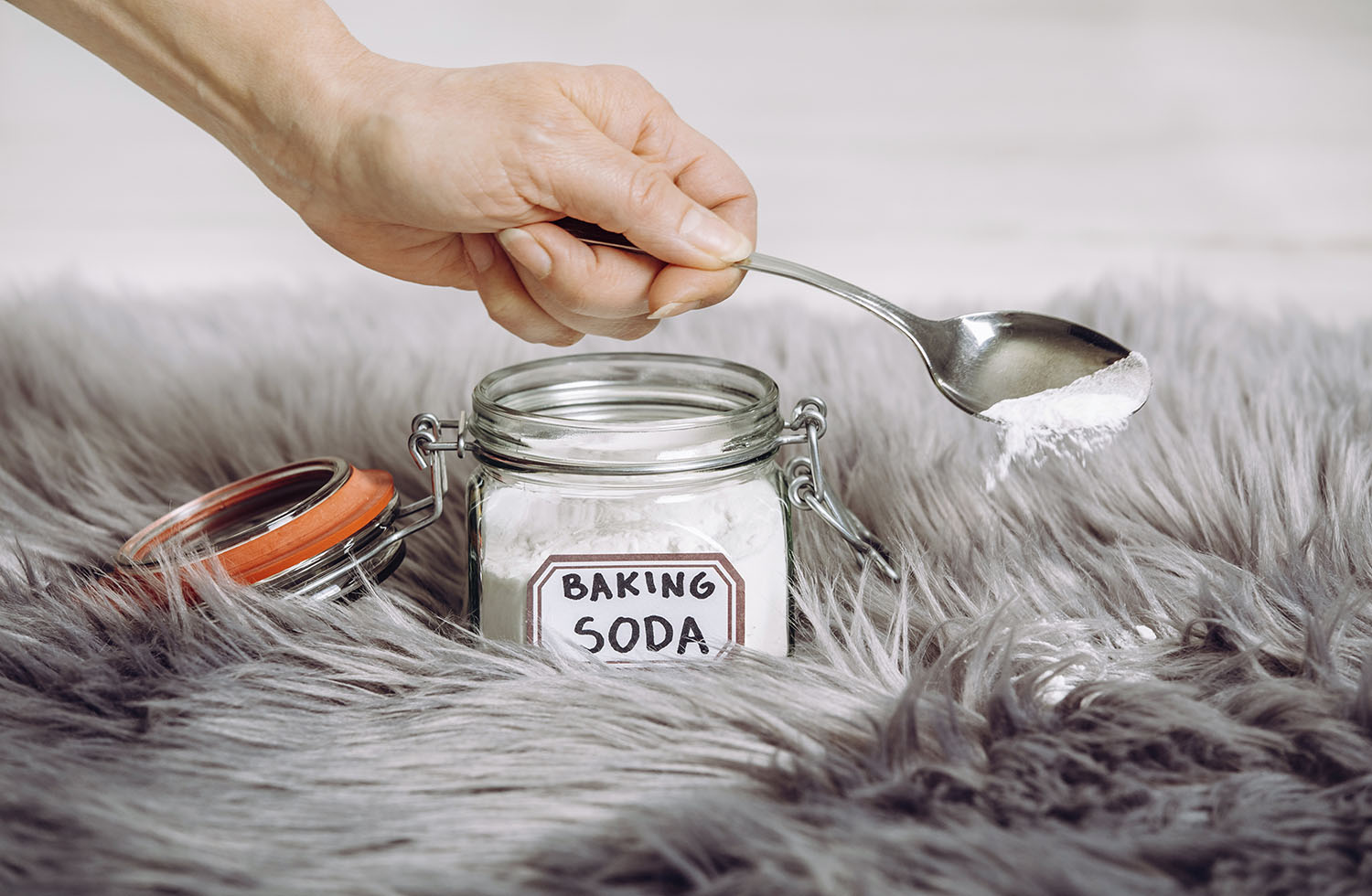
Wacky cleaning tips that WORK!
Housework isn’t everybody’s cup of tea (which is why we recommend getting a cleaner!), b
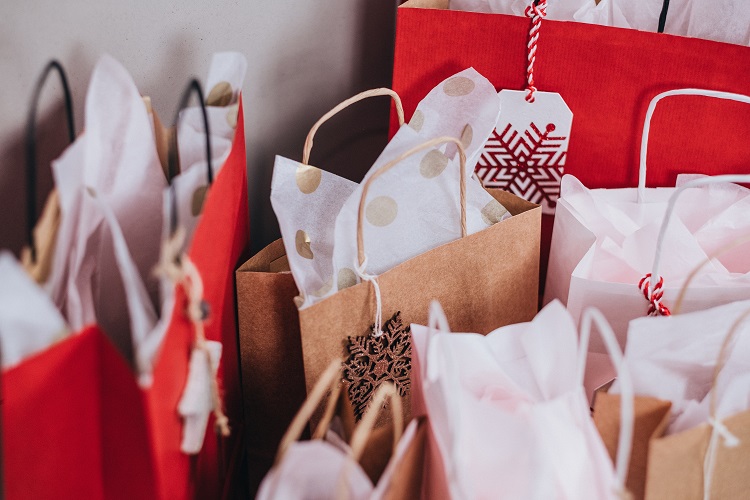
7 Ways to cut the cost of Christmas
Christmas is often the time of year that we feel under financial pressure. Time for You share 7 ways to cut the cost of Christmas

Join Our Free Time Liberation Movement!
Our free time is precious but do we really know how precious? Do we really know its worth? So many o

A Woman’s Work… But is it?
A woman’s work is never done. There’s something horribly outdated about this expression but it still resonates with a lot of women
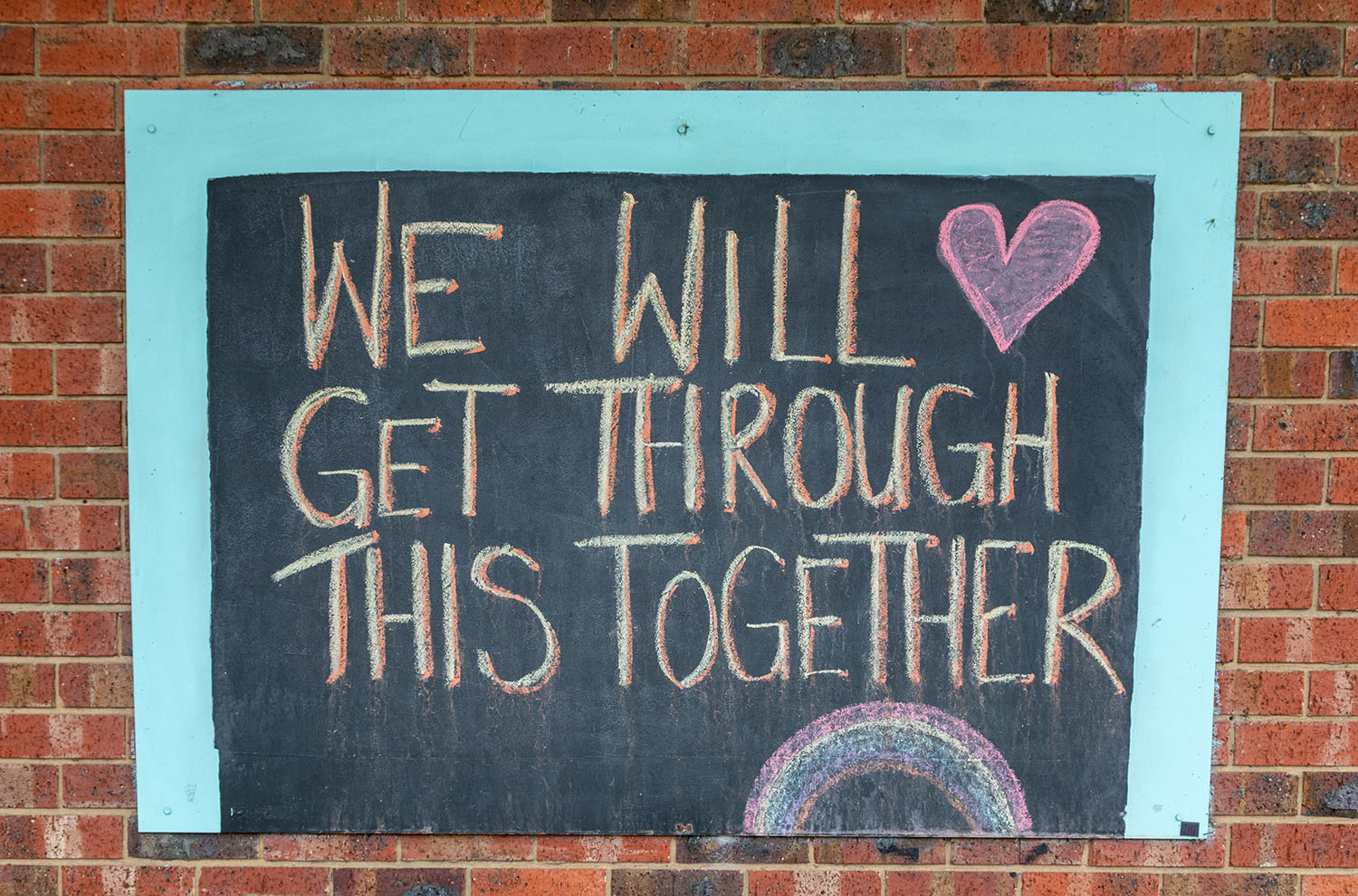
Making The Most Of Lockdown And Beyond
Does anybody else feel as if this current lockdown is NEVER going to end? For many of us, isolation-

Hands up, Happy Hinchers!
Do you love Mrs Hinch, the cleaning influencer and best-selling author? We do!
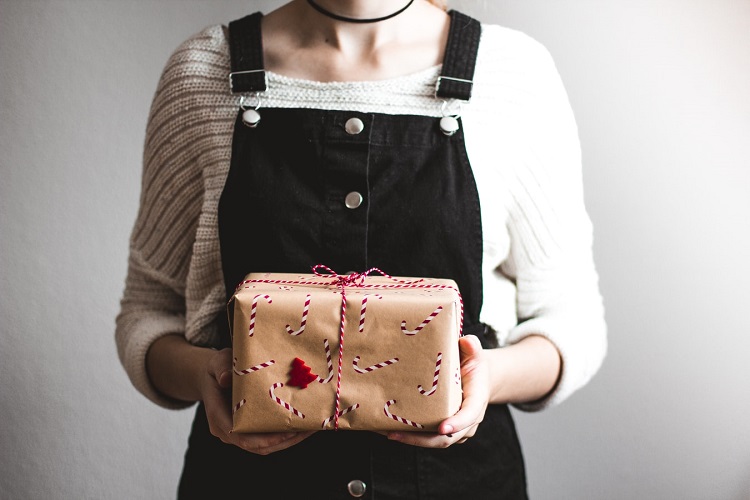
21 Homemade Gift Ideas
Although buying gifts can be full, there is something special about homemade gifts. Time for You share 21 Homemade Gift Ideas
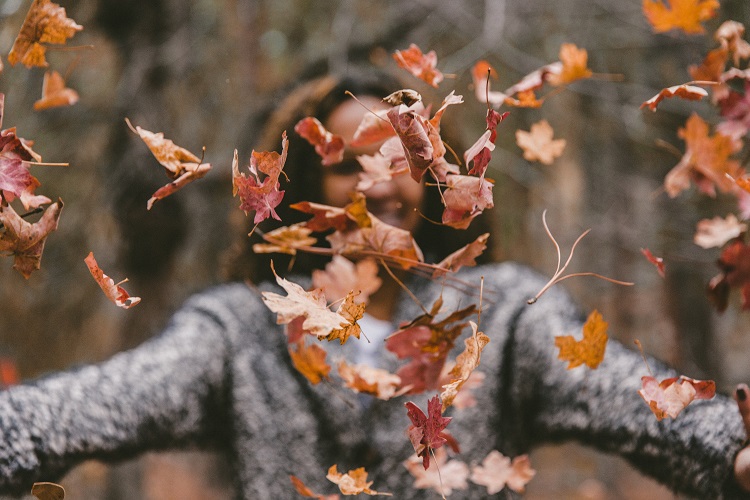
Autumn Deep Clean Guide
Everyone has heard of a Spring clean but Autumn is also important. Time for You domestic cleaners share their autumn deep clean guide
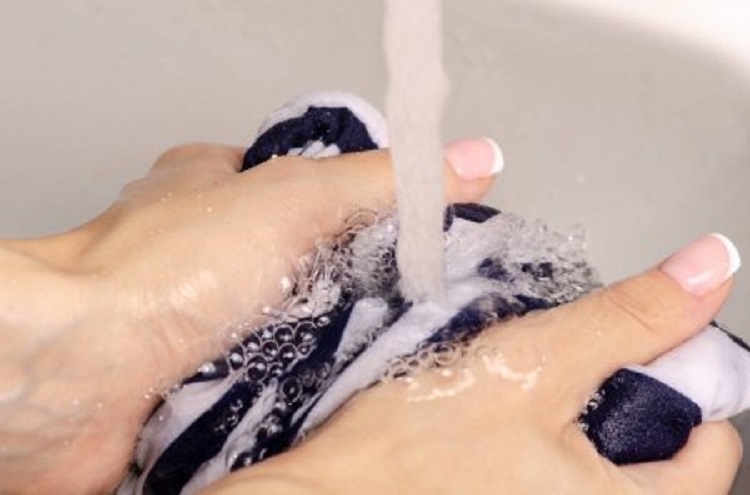
Clothes Stain Removal Guide
Time for You share how to remove some of the most popular but stubborn stains in their clothes stain removal guide

Cleaning Tips for Allergy Sufferers
Cleaning your home regularly is even more important for those that suffer from allergies. Time for you shares cleaning tips to for allergy sufferers.

8 Cleaning Myths
There are many cleaning hacks that save people time yet some are not effective. Cleaning company Time for You shares some of these cleaning myths.